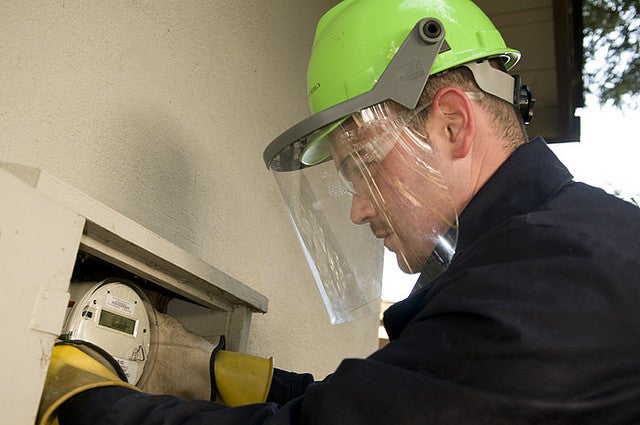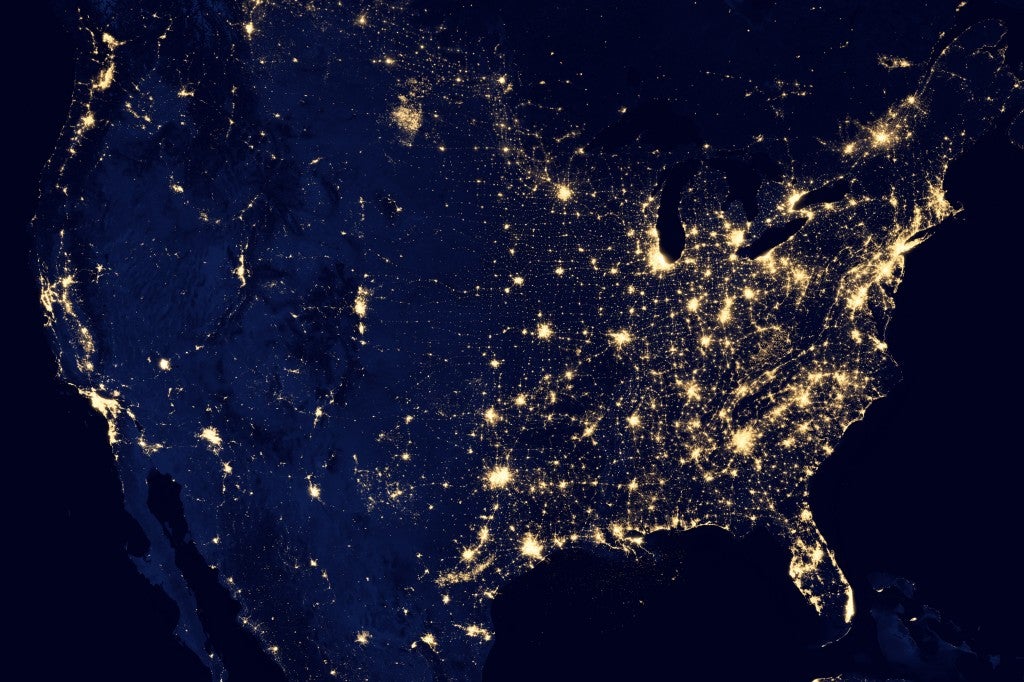As we’ve mentioned before, New York is changing how it evaluates and compensates electric utilities. One goal of this change is increased consumer engagement, which makes customers allies in the development of a more reliable, resilient, and ‘smart’ electric grid.
Many customers have begun taking advantage of new energy technologies and their falling prices by turning to community microgrids, installing on-site distributed generation, like rooftop solar, or investing in more efficient appliances, among other actions. Advances in telecommunications and information systems have also created new opportunities for energy services we could not have imagined just a few years ago. For example, innovative tools like demand response allow third parties or utilities to turn off pre-approved appliances – like swimming pool pumps and air conditioners – remotely when the power grid is stressed and needs a quick reduction in energy demand. Read More












 Throughout the United States, utilities earn a profit through a tried and true regulatory model that has worked well for over 100 years. This model was built on the assumption that customers would use ever increasing amounts of electricity, and it worked for some time. But, as the need to save power and make electric systems more efficient becomes essential to adapt to climate change, this and other assumptions no longer hold true. Without changing how utilities are compensated, we run the risk of experiencing a true irony: utilities, the cradles from which our modern civilization rose, may become the chains preventing us from advancing toward a clean energy future.
Throughout the United States, utilities earn a profit through a tried and true regulatory model that has worked well for over 100 years. This model was built on the assumption that customers would use ever increasing amounts of electricity, and it worked for some time. But, as the need to save power and make electric systems more efficient becomes essential to adapt to climate change, this and other assumptions no longer hold true. Without changing how utilities are compensated, we run the risk of experiencing a true irony: utilities, the cradles from which our modern civilization rose, may become the chains preventing us from advancing toward a clean energy future.

